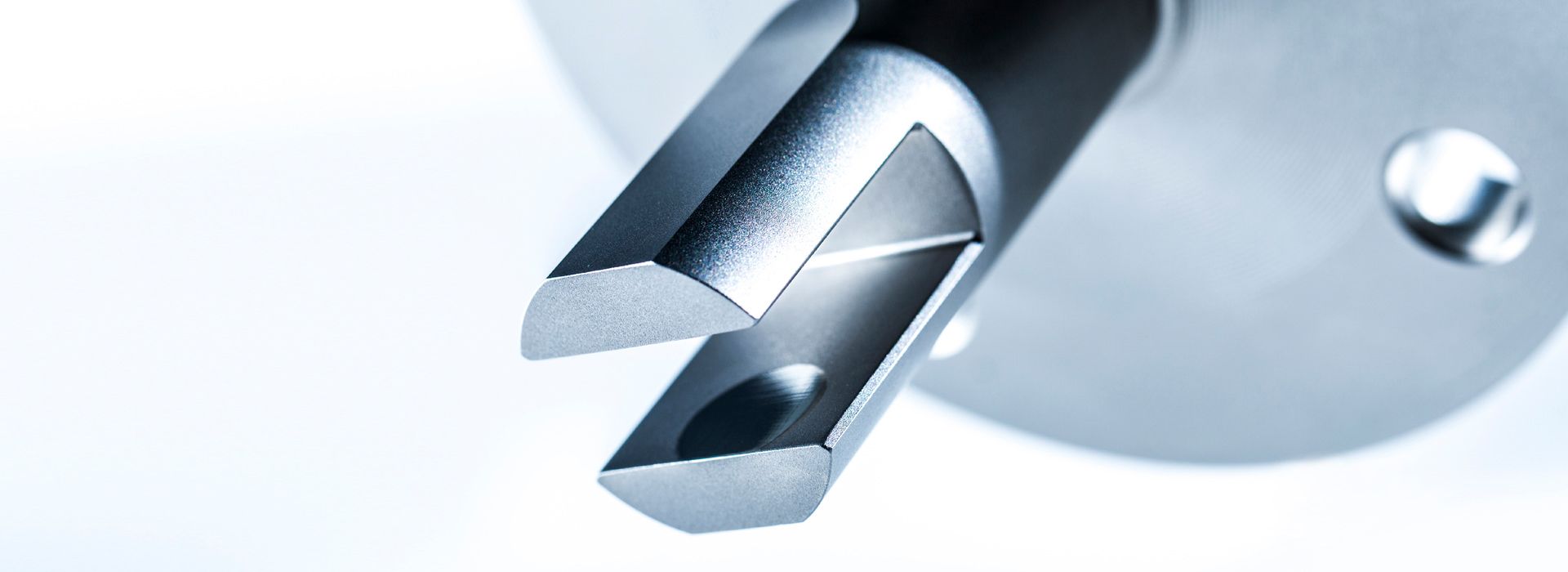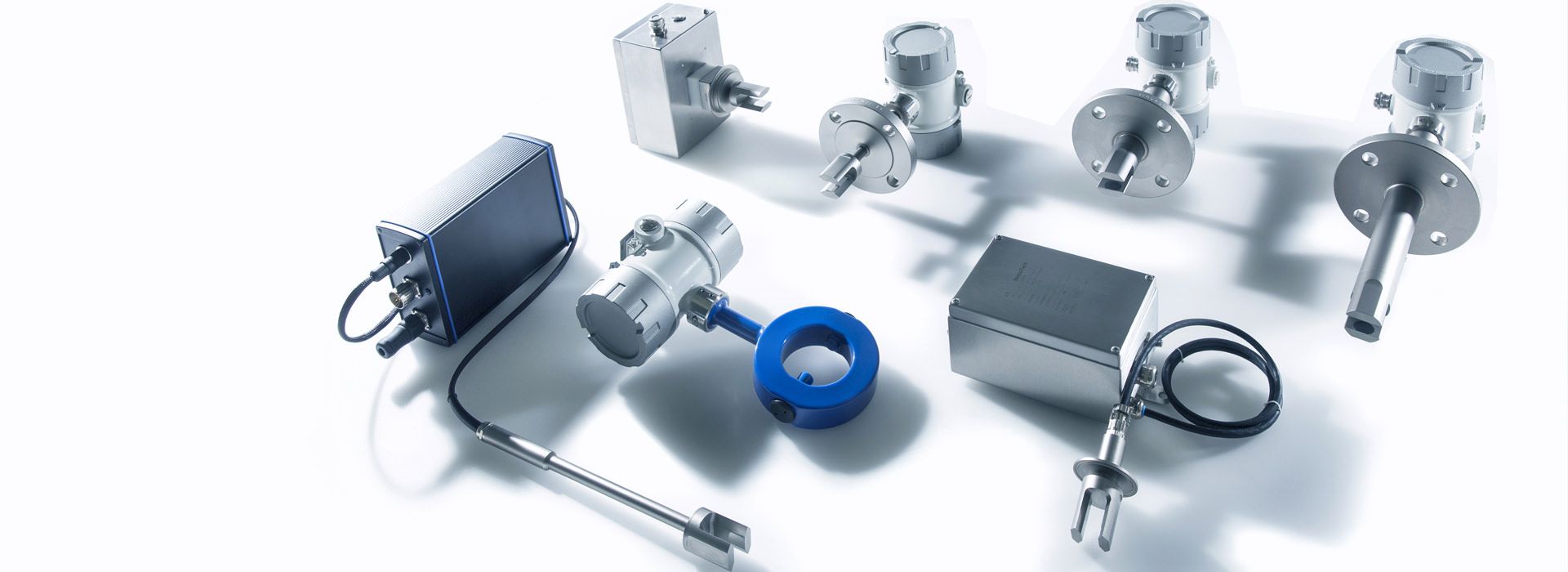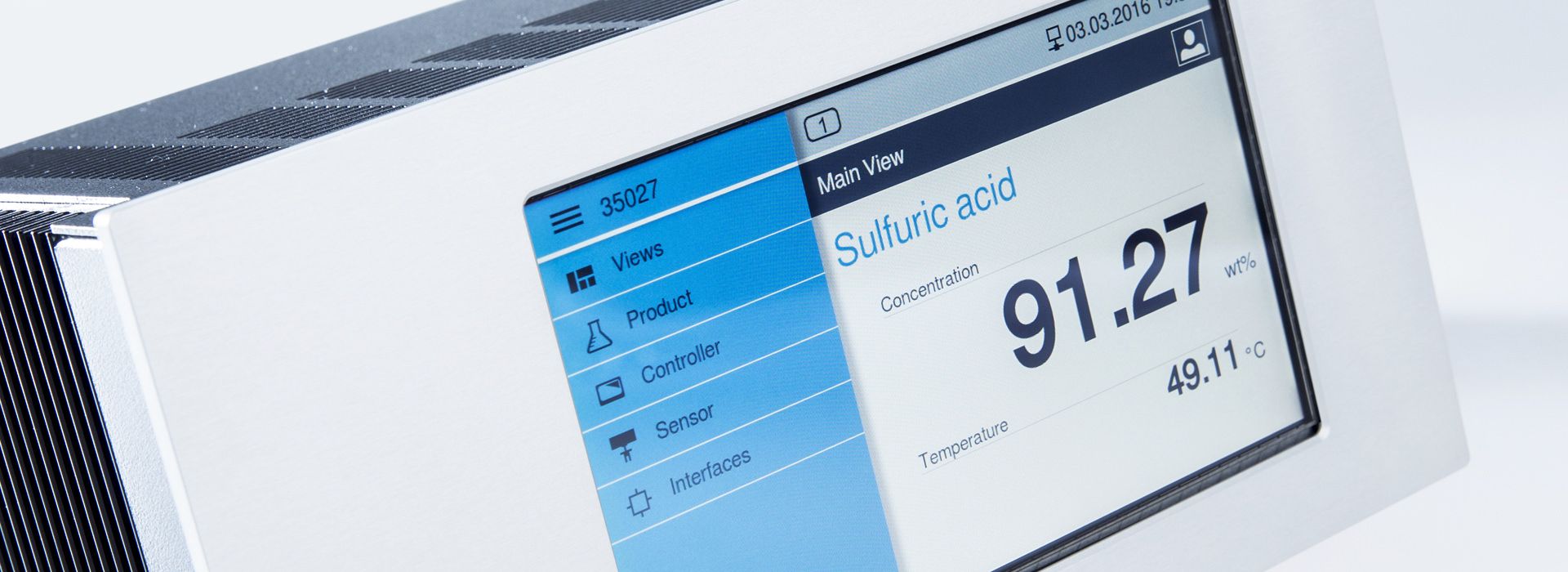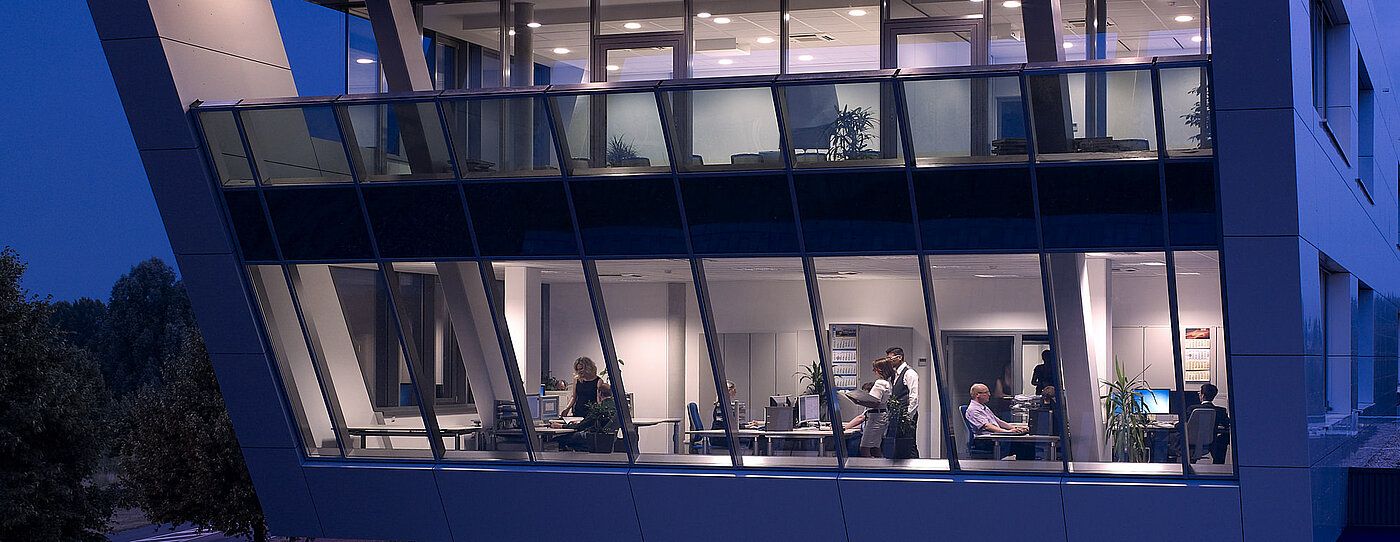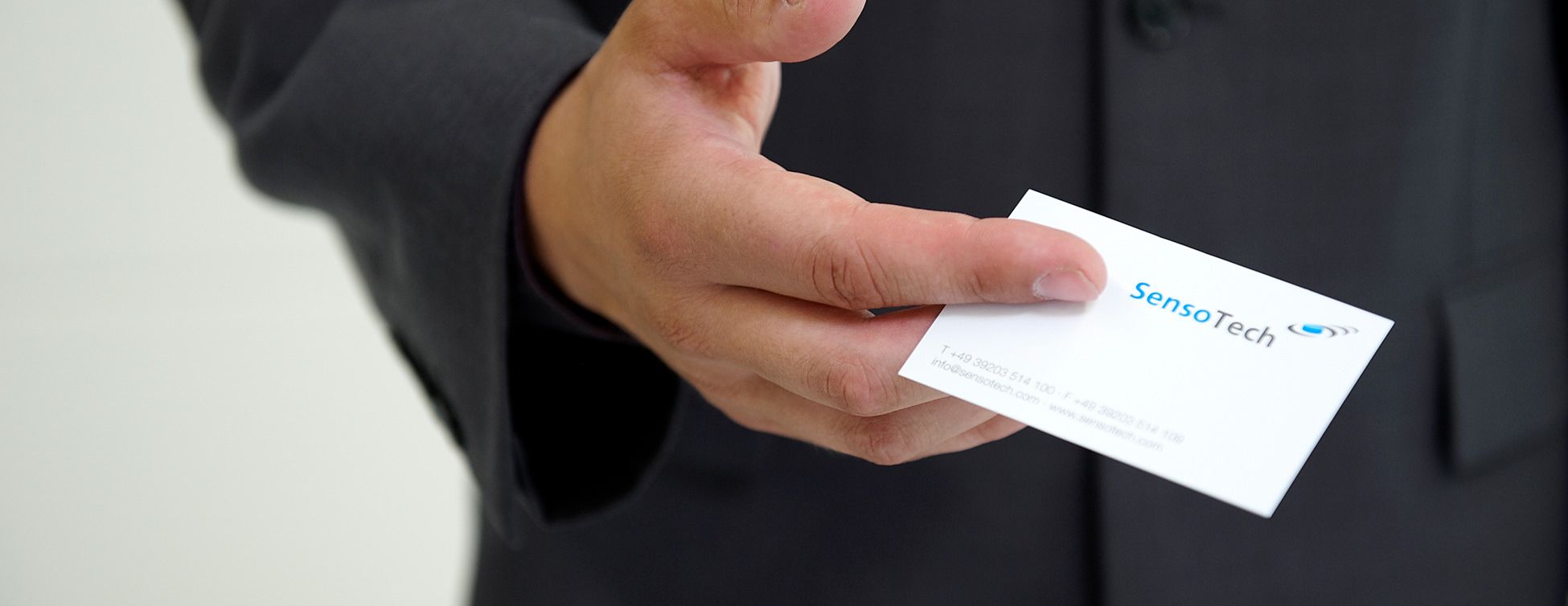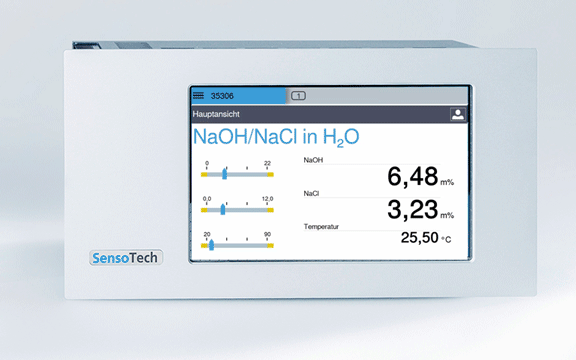-
Measurement accuracy: ±0.05 wt%
-
Measurement range: 0 - max%
-
Temperature measurement range: 0 - 120 °C
-
High resistance
In a variety of industrial processes, environmentally harmful, corrosive, or toxic gases are used. To protect people and the environment, these are subject to strict regulations, especially regarding the cleaning criteria that gas scrubbing must achieve.
In various (chemical) manufacturing processes, environmentally harmful or toxic gases are either raw materials or are produced as by-products.
Worldwide, gas scrubbers or wet scrubbers are used for the conversion of such gases, either to eliminate the risk to people and the environment in an emergency (emergency gas scrubbers) or to clean process gases from unwanted gas components for further processing (for example: Benfield process gas scrubbers).
In the process, the gases to be cleaned are converted into harmless components with a washing liquid (e.g., caustic soda), so they no longer pose a risk to the environment or the process. These are usually water and salts, which are easy to handle for further processing. Many gas scrubbers use caustic soda (NaOH) as a washing liquid. To achieve an optimal washing result, precise monitoring of caustic soda is necessary. LiquiSonic® Measuring systems are ideally suited for this monitoring.
Challenge in measuring the concentration or density of washing liquids
Achieve financial goals
- Avoid financial penalties
- Use resources efficiently
- Avoid costly processes
Protect employees
- Avoid unnecessary, dangerous process steps
- Avoid accidents, risks
- Make the process safe
Protect the environment
- Avoid environmental damage
- Reduce pollution
- Legal regulations
Ensuring the complete implementation of the toxic components while efficiently using the washing liquid often presents problems for process engineers. The effectiveness of a gas scrubber depends on the exact dosage of the washing liquid (e.g., caustic soda). Various measurement methods can be used to monitor the concentration, but they often provide only insufficient results. There are some commonly used methods for monitoring the washing liquid, which, however, in practicehave major weaknesses:
Monitoring using pH value measurement
The lifespan of inline pH probes is severely limited due to aggressive measuring conditions and requires regular maintenance. Additionally, the user faces the challenge of interpreting the pH result, as there is no selective concentration display for washing liquid and salts. Thus, there is a risk that despite the low concentration of caustic soda, the measured pH value gives the user a false sense of security. Furthermore, the varying concentration of the resulting salts remains with this measurement variantunknown. However, especially for the separation of salts, this is absolutely necessary.
Conductivity for the washing liquid control
Inline conductivity meters have a similar problem: The physical quantity (conductivity) is influenced by both the washing liquid itself and the resulting salts. There is no way to consider both components separately. To accurately determine the concentrations, sampling and laboratory measurements, such as a time-consuming and costly titration, are usually required. Thus, the exact determination of the concentration of the washing liquid is only possible with great difficulty.
Determine the density and concentration of washing liquids inline accurately
To enable an exact determination of the concentration of the washing liquid and the salts, two measurement variants must be combined. Only by using measuring devices that combine sound velocity and conductivity can multi-component mixtures such as caustic soda and sodium chloride be analyzed safely and accurately.
In doing so, the physical principles are ideally combined and the effect is utilized that sound velocity and conductivity react differently to a change in concentration levels in the process fluid. Thus, both concentrations can be determined exactly and the washing process can be optimally adjusted.
Customer benefits in gas scrubber monitoring
In the determination of the concentration of washing liquids, it convinces LiquiSonic® with its robust sensor construction, which makes wear parts and maintenance unnecessary. The measuring system is plug & play configured and convinces customers worldwide with its highly accurate measurement results and long process uptime.
By accurately determining the concentrations, underdosing is actively avoided and process disturbances can be responded to as quickly as possible. Automatic and rapid replenishment of, for example, caustic soda prevents accidents, such as the release of chlorine gas. The extensive diagnostic tools and data documentation are important tools for HSE management.
Through inline measurements with LiquiSonic® are sampling and time-consuming laboratory measurements replaced and material costs reduced to a minimum.
LiquiSonic® in the gas scrubber process (example: phosgene gas scrubber)
In the production of many plastics, phosgene serves as a raw material. In the event of an emergency, the excess gas is directed into emergency gas scrubbers, where it is neutralized with caustic soda, producing the salts sodium chloride (NaCl) and sodium carbonate (Na2CO3) are formed. To ensure that all phosgene is absorbed, the concentration of caustic soda must be maintained in the range of greatest absorption.
For this purpose, the concentrations of caustic soda and salt compounds must be strictly monitored. If the concentration of caustic soda is too low, phosgene will no longer be sufficiently absorbed, posing a safety-critical incident. Re-dosing is necessary.
In the case of too high a salt concentration in the solution, crystallization must be avoided. This requires precise inline measurement with real-time data.
Precise inline measurements as well as automatic re-dosing are easily implemented with LiquiSonic® implementable.
Installation of the measuring technology
The LiquiSonic® pipe and immersion sensors can be easily installed directly into the main line. An additional bypass is not necessary. A typical installation site is located in the circulation loop. The LiquiSonic® Controller 40 is connected with the LiquiSonic® sensor as well as the measuring unit for the second physical quantity (conductivity). The real-time measurement values can be transmitted to the process control system via various interfaces - such as Profibus DP or Modbus TCP.
Typical measurement range:
- Concentration range NaOH: 5 to 20 wt%
- Concentration range Na2CO3: 5 to 15 wt%
- Temperature range: 30 to 60 °C
Special gas scrubbers in detail
Benfield process gas scrubber | MDEA natural gas scrubber | Emergency gas scrubber | Phosgene gas scrubber
We solve your measurement task
Feel free to contact us. We will assist you in solving your individual measurement task.
